
Custard apple is one of the most delicious fruits you can get your hands on. The fruit is also called sitaphal in India, and is prominent across the country, particularly in the northeast and coastal areas. The custard apple tree may not look exciting at first glance, but never judge things by their appearance! The tree has a rounded crown, the flowers don’t open fully, and the leaves don’t smell particularly good. However, the fruit of the tree makes up for all of this. Fruits can be either heart-shaped or oblong, some of them even being irregular in shape. There are numerous wellness benefits of custard apple that will hold you in good stead.
The Nutritional Profile Of A Custard Apple Is Staggering
Custard Apples Are Good For Digestion
Custard Apples Have Anti-Ageing Benefits
Custard Apples Are Good For Heart Health And Anaemia
Diabetics And Women With PCOD Can Benefit From Custard Apples In Moderation
Custard Apples Have Stimulating And Cooling Properties
Learn To Make A Healthy Recipe With Custard Apple
FAQs
The Nutritional Profile Of A Custard Apple Is Staggering
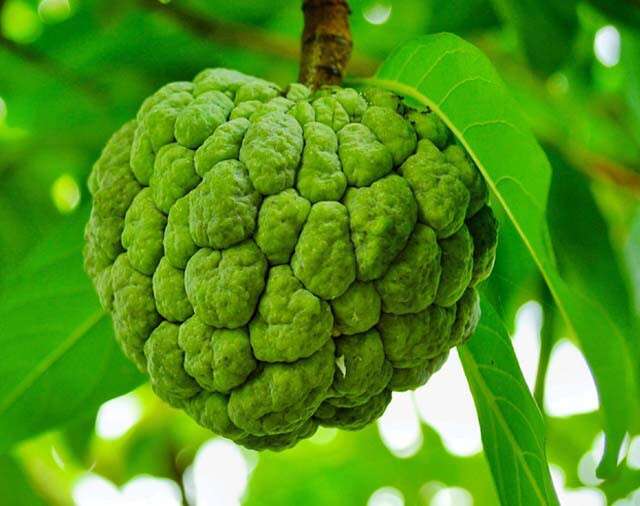
Before we get into detailing the benefits of the custard apple, let’s first understand its nutritional profile. A 100g serving of custard apple contains around 80-100 calories. Trace amounts of protein, fat and iron are also found in the custard apple. It contains certain B vitamins like thiamine, riboflavin and niacin. It is also a great source of fibre and complex carbs.
Custard apples are also rich in vital minerals – magnesium, calcium and phosphorus – making them good for overall health. They’re a hydrating fruit, with around 70 per cent moisture, and are also a natural source of ascorbic acid or vitamin C.
Pro Tip: Custard apples are rich in vitamins, minerals, fibre and complex carbs.
Custard Apples Are Good For Digestion
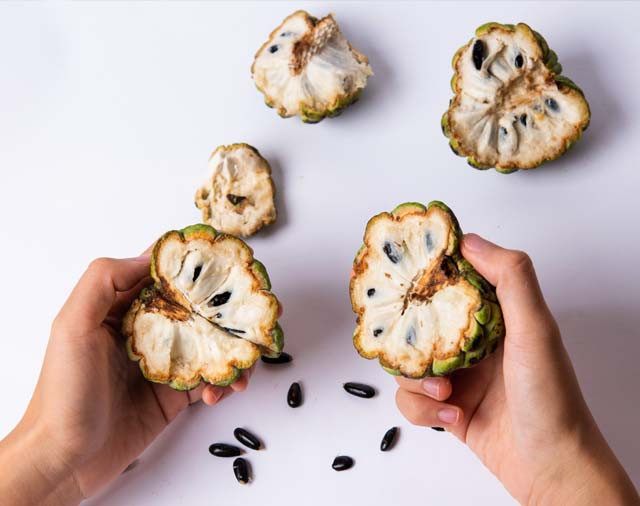
Since custard apple is essentially rich in fibre and minerals, it is great for gut health. The flesh of the custard apple, when consumed regularly, helps regulate bowel movement, and diarrhoea and constipation are both kept at bay. Due to its anti-inflammatory nature, the custard apple prevents ulcers, gastric attacks and acidic reactions within the body as well. This fruit offers a complete detox and ensures that the intestines and other digestive organs are kept healthy and functioning optimally.
Pro Tip: Keep your gut and digestive organs healthy by eating custard apples.
Also Read - 19 Best High-Calorie Fruits For Weight Gain
Custard Apples Have Anti-Ageing Benefits
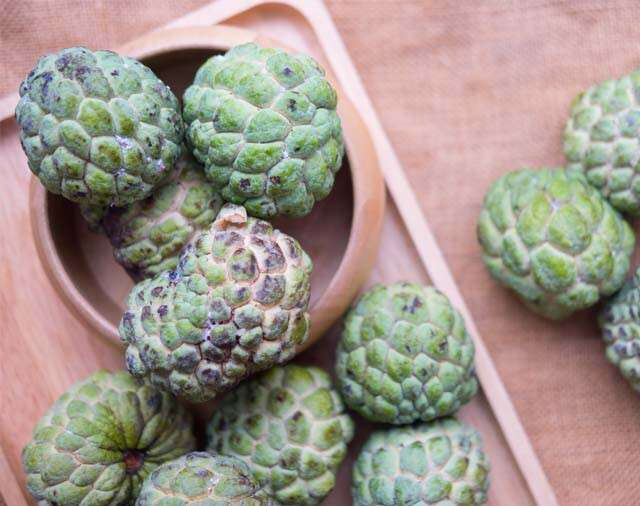
One of the main components of custard apple is ascorbic acid or vitamin C. This is one of the few nutrients that the body cannot produce on its own and requires it to come entirely from food sources that you ingest. Custard apple is one of the richest sources of this vitamin, which makes it a potent fruit for anti-ageing. It helps eliminate free radicals from within the body, ensuring optimum cell health and youthfulness. Custard apples are also good to prevent cancer, for this reason, since it is rich in alkaloids.
Vitamin C is also good for the body’s immunity, so consuming custard apples ensures that you keep colds, coughs and other minor ailments at bay. It may also help prevent the onset of autoimmune disorders like rheumatoid arthritis.
Pro Tip: Custard apple is a rich source of vitamin C, which makes it a potent fruit for anti-ageing.
Custard Apples Are Good For Heart Health And Anaemia

Because of their magnesium content, custard apples tend to be good for heart health and can help prevent cardiovascular diseases. They also help in controlling blood pressure, balancing cholesterol levels and ensuring that your arteries stay healthy. Since custard apples are rich in iron, they are extremely useful in upping your haemoglobin levels. This enriches the blood and prevents you from becoming anaemic.
Pro Tip: Pregnant women, and those with debilitating minor ailments, should consume custard apples regularly.
Diabetics And Women With PCOD Can Benefit From Custard Apples In Moderation

One of the most common myths associated with custard apples is that it is extremely sweet and so not suited to people with diabetes as it could raise blood sugar levels. However, the glycemic index of custard apple is only 54, which is not considered high, so it can be consumed in moderation. What’s more, custard apples are rich in fibre, which may help regulate blood sugar levels. Since it is sweet, it also satisfies cravings so you’re lesser likely to binge on artificial sources of sugar.
For these very reasons, custard apple is also said to be good for women with PCOD, to stop them from bingeing on refined sugar and other artificial sweeteners, and therefore keeping the disease in check.
Custard Apples Have Stimulating And Cooling Properties
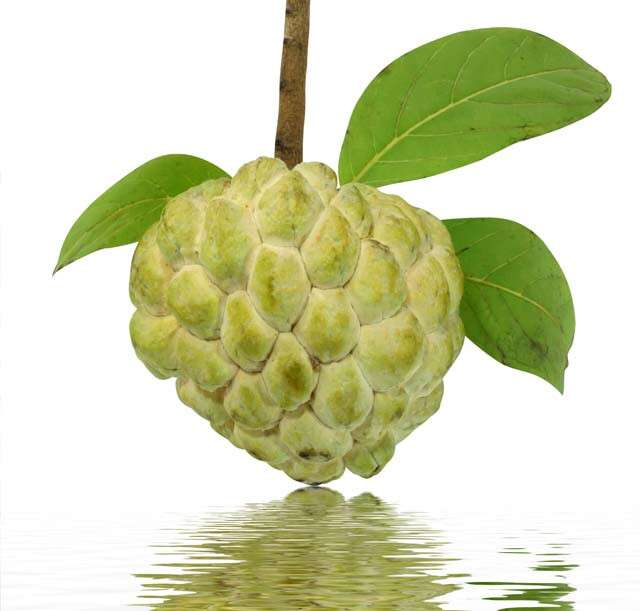
Since custard apple is moisture-rich with hydrating capabilities and properties, it is an extremely cooling fruit. Ayurvedic texts, in fact, suggest that consuming custard apple can help bring down the body’s temperature, which means people with excess body heat can benefit from it. However, be a little careful if you’re prone to colds and coughs, as custard apple is likely to trigger this within the body. Since it is an excellent source of complex carbs, it also keeps the body’s energy levels high, acting as a stimulant and adding zing to your day!
Learn To Make A Healthy Recipe With Custard Apple
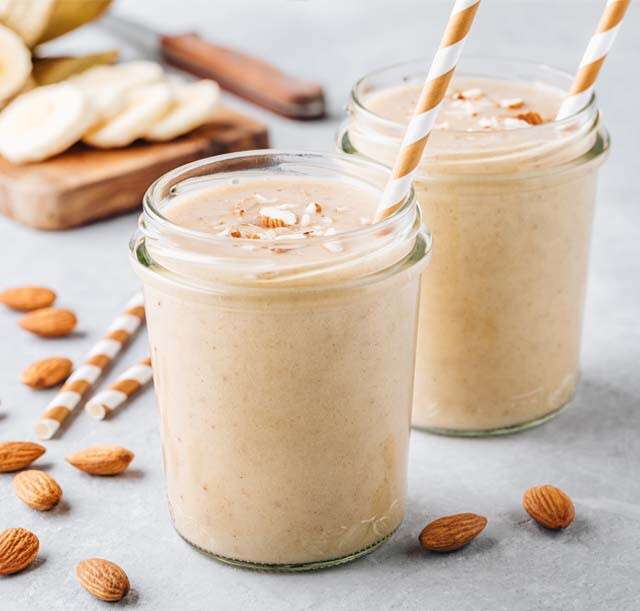
Here’s an easy, tasty and healthy way to include custard apple in your diet in the morning – through a smoothie.
- Take one custard apple, peel and de-seed, then mash the pulp.
- Add a tablespoon of rolled oats to the pulp.
- Peel and coarsely chop a medium-sized banana, then add a cup of freshly-set yoghurt to it.
- Add this to the custard apple mix and blend all ingredients in the blender, until you have a smooth even paste.
- Drink up fresh.
This recipe makes two glasses, so you’ll have to up the number of ingredients accordingly, based on how much you need.
FAQs
Q. How Did The Custard Apple Get Its Name?
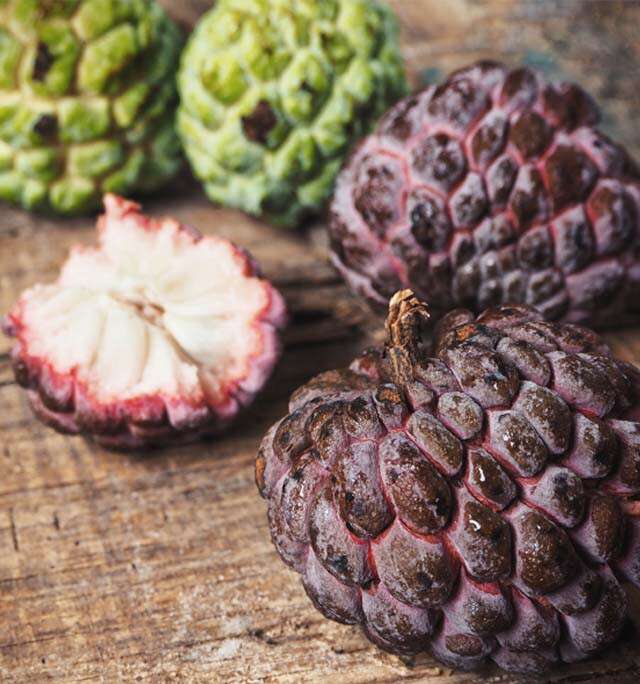
A. The flesh of the custard apple is soft and creamy. This coupled with its sweet taste, gives it a custard-like texture and flavour. The shape of the fruit is spherical conical, not unlike an apple, with an outer green covering, and a pink hue in some cases. All these factors contribute to the name custard apple.
In England, it is also called sugar apple or sweetsop. In some Central and South American cultures, they’re referred to as Cherimoya or Atemoya too.
Q. How Can You Ensure You Pick A Good Custard Apple?

A. You don’t need to pick an entirely ripe custard apple unless you’re planning to eat it immediately. Most custard apples will ripen at home if you leave them out at room temperature. As with all other fruits, ensure they’re soft enough, but not too soft and squishy. Ensure you peel off the skin and remove the seeds before you dig in. Only the soft, custardy pulp is edible.
While the leaf is not edible, it has other uses. The juice of the leaf kills lice, and are also good to produce natural, dark dyes. You can also use crushed leaves topically to treat boils or inflammations on the body.
Q. Where Is Custard Apple Cultivated?
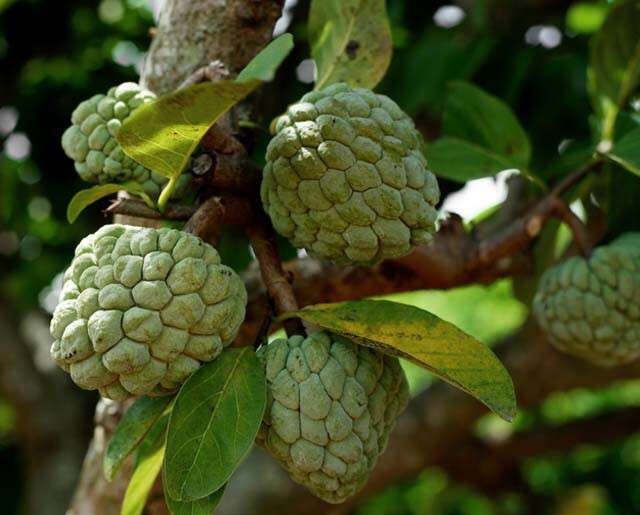
A. Although it is said to have originated in the West Indies, today, custard apple has cultivated the world over, with slight variations in shape and colour depending on the variety used. Central and South America, Africa, India and South East Asia, are where it is most common. The custard apple tree specifically thrives in tropical climates, but those which are not too close to the equator, and have cooler winters. It also needs a fair amount of water to flourish.